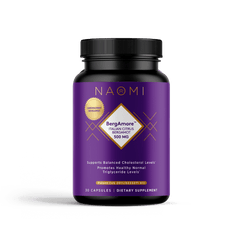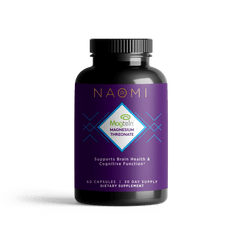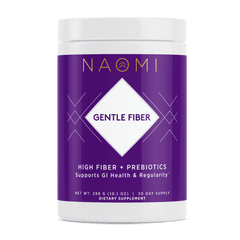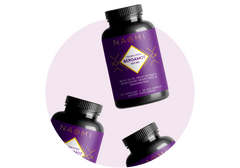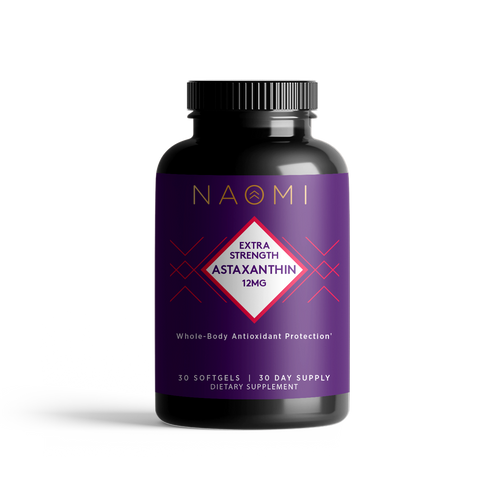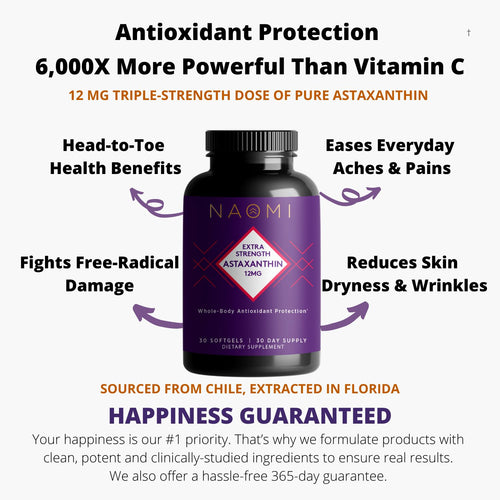3 Must-Dos for Transitioning Skincare from Summer to Fall
This time of year brings a change in weather that isn't always beneficial to the health of our skin. The cooler, dryer fall air can result in some less-than-desirable skin concerns, which can impact both your comfortability and your confidence.
Fortunately, there are natural solutions for many of the fall-induced skin problems we often face. If you find that you're encountering any of these skin concerns, you’ll be happy to learn that there are ways to change up your skincare for fall using my innovative inside-out approach that will help you protect your skin. Keep reading to learn what happens to our skin during this time of year and what you can do to achieve the glow of your dreams!
Transitioning Skincare from Summer to Fall
During summer months, it’s common for your skin to produce more oil, and while that can increase your risk of developing acne, it also helps to keep your skin moisturized. That means you typically need to use lighter, less intensive products. But when the weather turns cooler and humidity drops, you may notice a need for a change in your skincare in the fall.
Let’s take a look at six of the most common skin problems you may encounter in the fall and then discuss some skincare tips for this time of year.
6 Common Skin Problems in the Fall
The best practices for skincare in the fall will help to minimize your chances of experiencing the following skin concerns. Here’s a look at how each of these problems can happen during the fall months.
1. Dry skin
As the humidity in the air decreases and the heat begins to circulate indoors, you may begin to notice that your skin can become dry. Not only does this cause your skin to appear dull, but it can also be quite uncomfortable and lead everything from eczema flares to cracked, bleeding skin and even infections! If you begin to notice dryer patches of skin and even some peeling, it may be time to change up your skincare for fall.
2. Contact dermatitis
With the cooler weather comes more layers of clothing—and this clothing may be made up of irritating material such as wool, which is a common allergen for many. If you begin to notice itchy, red skin after wearing your favorite chunky sweater, you may be experiencing a common case of contact dermatitis, which calls for a change in your skincare for fall. Oftentimes, simply keeping your skin moisturized with a cream-based lotion and putting a cotton layer of clothing between your skin and the irritant can solve the issue.
3. Eczema
Dryer skin due to cooler weather and the dry heat of the indoors combined with a lack of exposure to natural sunlight can result in eczema flares. Remember, eczema is a form of inflammatory dermatitis that impacts the integrity of your skin’s barrier, so virtually any change in weather can trigger it. Because it’s believed to be associated with other allergies, such as hay fever and even asthma, it’s often the result of a specific allergen, meaning seasonal pollen can be a cause. Fortunately, making simple changes to your skincare in the fall by using allergen-free natural moisturizers, including all-natural coconut oil, can be a great—and easy—place to start.
4. Uneven complexion
Another skin concern that can happen around this time of year that can leave you searching for new fall skin care tips is developing an uneven complexion. If you typically spend a lot of time in the sun during summer months, you may find that you’ve developed some darker spots, known as hyperpigmentation.
This hyperpigmentation is due to excess melanin production, which can be triggered my sun exposure, but when you combine that with uneven texture, which occurs due to skin dehydration, you have the perfect recipe for an uneven skin tone. Unfortunately, your skin’s ability to retain moisture naturally decreases with age, and if your water intake isn’t optimal, this exacerbates the problem.
Another cause of uneven complexion is rosacea, which is known to be triggered by colder weather and results in facial redness. But it’s also exacerbated by dry heat indoors as well as sun exposure, making skincare for fall a particularly front-of-mind issue for those who have this inflammatory skin concern.
Because of its inflammatory roots, rosacea is best treated by fight inflammation directly, which requires an inside-out approach in terms of skin health. Eating a diet high in anti-inflammatory foods and supplementing with antioxidant-rich compounds is absolutely critical. Meanwhile, if you’re also experiencing hyperpigmentation or uneven texture, make sure to increase your water intake to help maintain hydrated, well moisturized skin.
5. Acne
Believe it or not, one of the biggest concerns for skincare for autumn revolves around fighting acne. You may be surprised to learn that fall is the most common time to experience acne flares. And, once again, this is due to less humidity, cooler air, and the resulting dehydrated skin.
During the fall, as your skin becomes dryer, it becomes more difficult for it to naturally exfoliate, leaving an accumulation of dead skin cells on the surface of your skin. And when these dead skin cells mix with your natural oils, it’s the perfect breeding ground for bacteria, which causes acne breakouts.
I recommend using a gentle exfoliator as part of your regular fall skin care routine. And because research shows that acne is inflammatory in nature, taking inflammation-fighting supplements can help to support your skin’s natural regeneration process while also combatting breakouts.
6. Keratosis pilaris
Finally, if you begin to notice increased texture on your upper arms during the autumn months, you aren’t alone. Many people begin to experience a benign and common skin condition known as keratosis pilaris in the fall, requiring them to once again change up their skincare for autumn.
Keratosis pilaris causes small bumps in your hair follicles and most often appears on the backs of your arms. While it can happen year-round, it’s most commonly noticed in the fall because it’s exacerbated by cooler, dryer air and also triggered by wearing extra layers of clothing.
Interestingly, research has also shown a link between having eczema and keratosis pilaris, so keeping your skin well hydrated, exfoliating, and consuming anti-inflammatory foods and supplements can go a long way in minimizing the appearance of keratosis pilaris.

3 Skincare Tips for the Fall
If you’re looking for specific ways to begin transitioning skincare from summer to fall, it’s important to remember that your skin is simply a reflection of your inner wellness. As a result, I recommend starting with an inside-out approach while also maintaining regular exfoliation and moisturizing efforts. Here are my top tips to keep in mind transitioning skincare from summer to fall.
1. Eat a diet rich in anti-inflammatory foods.
By filling your diet with antioxidant-rich nutrients, you can target inflammation at its core and help promote a natural glow from within. Make sure to eliminate all refined sugars and processed foods and focus on consuming key nutrients for skin health, including vitamins A, C, D, E, and K2 along with the minerals zinc, selenium, and sulfur. And if you regularly experience eczema or contact dermatitis, consider avoiding common food allergens as well, such as gluten, dairy, refined sugar, soy, peanuts, alcohol, and caffeine to see if you notice an improvement.
2. Supplement with skin health-supporting nutrients.
When I was younger, I battled a severe case of eczema. It was this experience that helped me discover the power of supplements and how using the most potent and effective ingredients on earth can truly support skin health from the inside-out. To this day, I still use certain skin health-supporting supplements daily to support the health of my skin. If you’re truly looking to use an inside-out health approach for your skin and obtain a natural glow, using an overall inflammation-fighting supplement such as Advanced Gold Turmeric and a UV damage-fighting and moisture-supporting antioxidant such as astaxanthin. Another must-have supplement to include as part of your skincare for fall routine is a collagen peptide complex known to support healthy skin tone, texture, and even moisture—all common skin concerns during this time of year.
3. Be mindful of topical product ingredients.
We tend to use less topical skincare products in the summer, and this leaves us at increased risk of toxin exposure when we’re trying to change up our skincare for fall. When sourcing everything from your hygiene products to your makeup to your exfoliators and moisturizers, make sure to choose only the purest and least complicated formulas you can find. Try to avoid fillers, perfumes, and anything that’s difficult to pronounce.
If you suspect that your skin concerns are due to toxin exposure and you’re having trouble finding products you can trust, you may want to start by using a homemade cleanser, such as this DIY Face Wash for Glowing Skin. Meanwhile, if you’re dealing with eczema, you may find this all-natural nourishing body cream for eczema especially useful!

